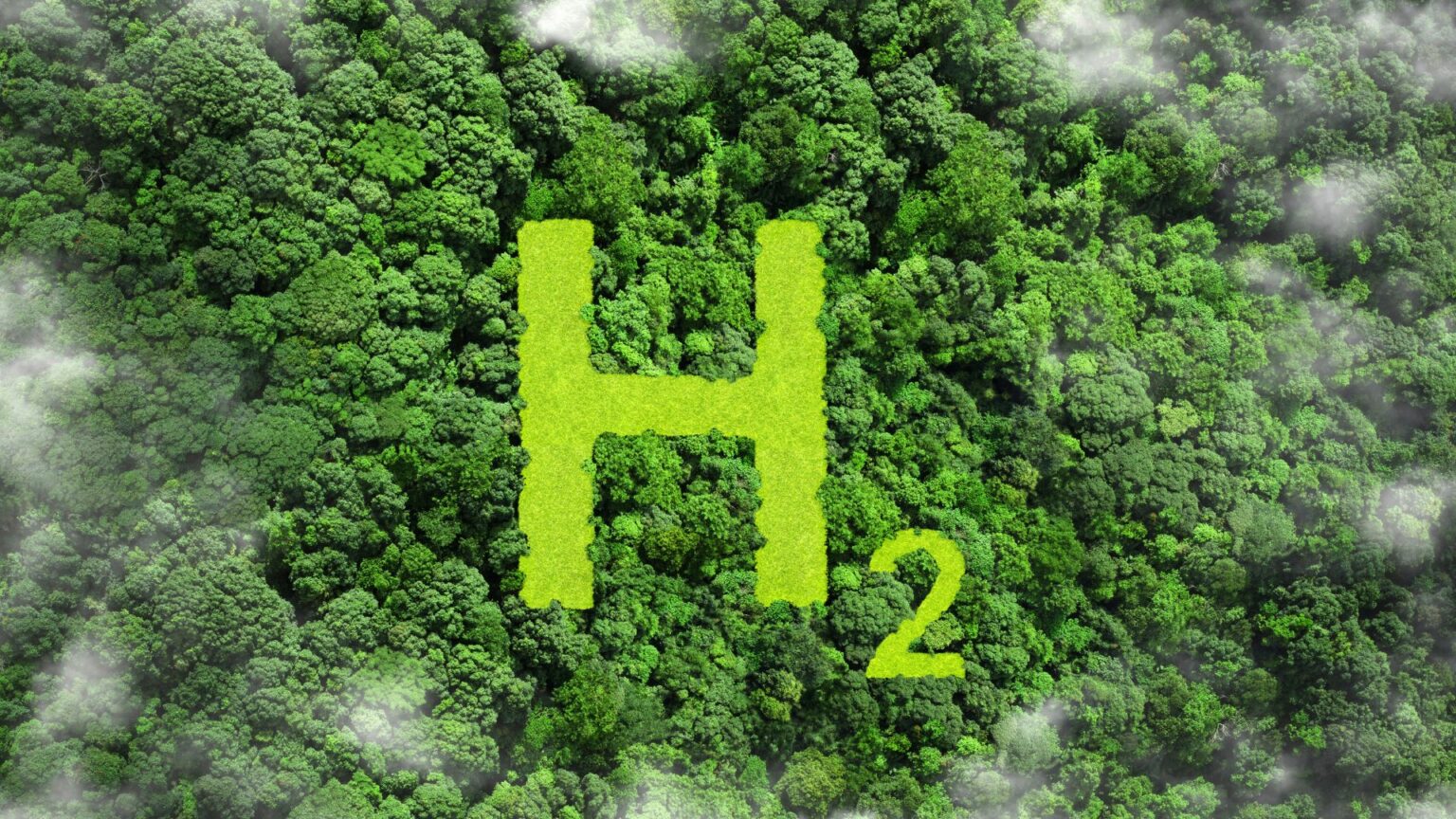Hydrogen storage in underground geological formations, such as depleted gas reservoirs, has garnered significant interest as part of the global shift towards a hydrogen economy.
This research by an unspecified team of authors examines Bandera Grey sandstone’s geochemical processes in storing a gas mixture (60% hydrogen, 30% nitrogen, 5% methane, and 5% carbon dioxide). The study spans 50 days under specific conditions, focusing on the rock’s and brine’s interaction with hydrogen.
Experimental Conditions and Setup
The researchers chose Bandera Grey sandstone, known for its clay mineral content, to better understand its suitability for hydrogen storage. The experiment was conducted at 42 °C with a pressure of 1350 psi and a brine solution of 5 wt% NaCl. Detailed analytical characterizations were performed before and after aging the samples to assess changes in the rock’s properties.
Minimal Reactivity and Petrophysical Changes
After 50 days of exposure to the gas mixture, the study found minimal reactivity in the sandstone samples. Any alterations in the rock’s petrophysical characteristics were slight. Minerals like dolomite and barite experienced some dissolution, whereas illite and kaolinite caused minor pore blockages, affecting the rock’s porosity and permeability.
Gas Chromatography Findings
The gas chromatography analysis revealed interesting changes in gas composition. Only 0.45% of the injected hydrogen was lost, primarily through brine dissolution and minor carbon dioxide reactions. Methane levels increased by 6.22%, nitrogen remained stable, and carbon dioxide levels decreased by 1%.
Insights for Hydrogen Storage Feasibility
The results provide valuable insights into the geochemical dynamics of hydrogen storage in depleted gas reservoirs. Despite minor reactivity and slight changes in petrophysical properties, the study indicates a promising potential for using such geological formations for hydrogen storage. Understanding these interactions is crucial for evaluating the feasibility and safety of underground hydrogen storage schemes.
This research highlights the largely stable geochemical environment within Bandera Grey sandstone when exposed to a hydrogen-rich gas mixture. Such findings are essential for further developing and optimizing hydrogen storage technologies, contributing to a sustainable hydrogen economy.
